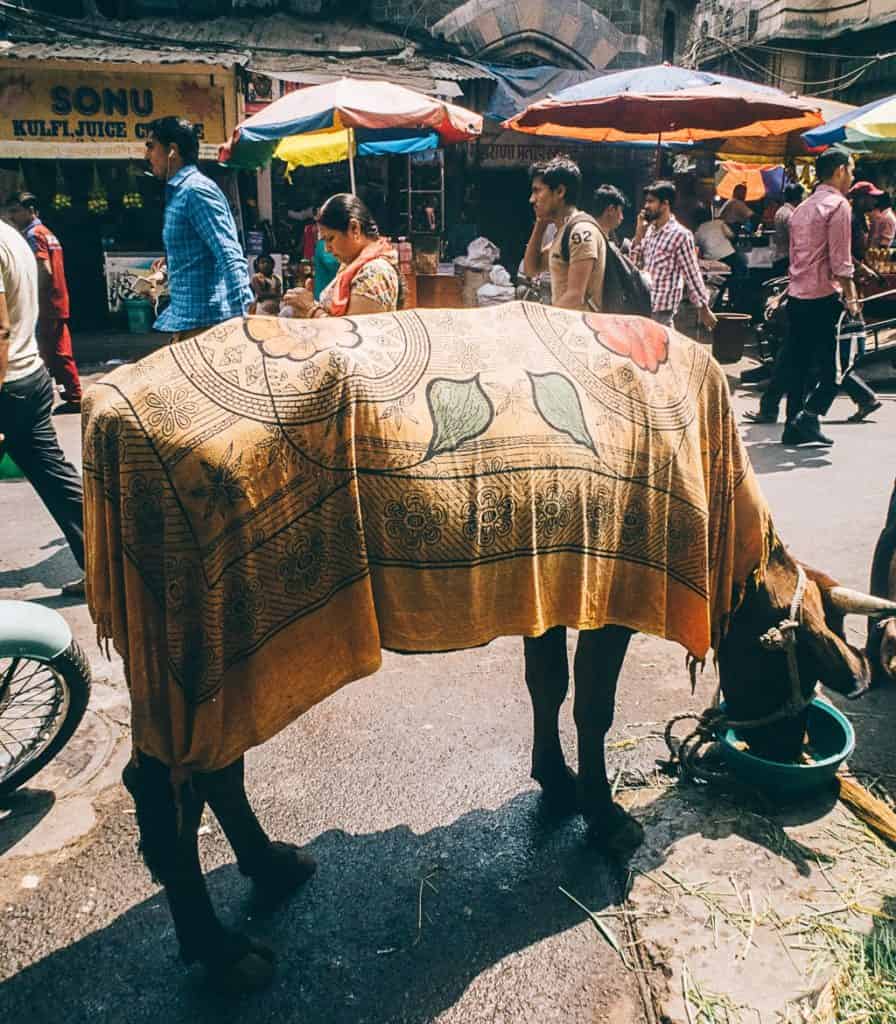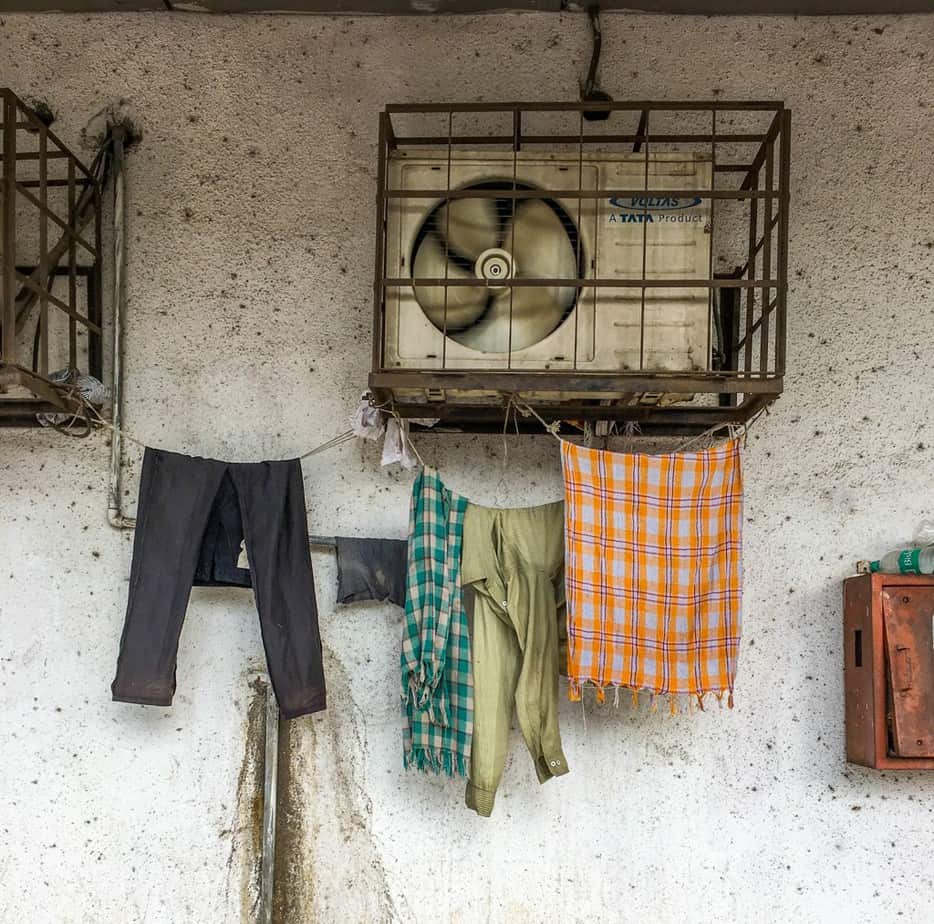Mumbai has had a rough start to the summer. Along with the rest of the country, a heat wave in the city began in March, as the Indian Meteorological Department (IMD) Santacruz observatory recorded a temperature of 39.4 degrees Celsius (°C). A lack of pre-monsoon showers and warm, dry winds from northwest India have been the causes, driven by climate change.
Another three heat waves followed, when the peak season for them, May, is yet to pass. The high minimum and maximum temperatures have meant that the city has spent the majority of the two months without any respite.
This has now become an expected pattern in the city and beyond, with people from all walks of life bearing its brunt. But despite the frustration, little is known about the health implications of such extreme heat, accompanied with high levels of humidity in Mumbai. It is often downplayed or sidelined, and symptoms of dizziness, nausea and fever are treated as mild and commonplace.
Citizen Matters spoke to Dr. Kamal Kumar Murari, an assistant professor and chairperson at the Centre for Climate Change and Sustainability Studies in the Tata Institute of Social Sciences (TISS), to discuss the consequences of the heatwaves on the health of Mumbaikars. He has been involved in research around many facets of the heat in Mumbai and the country, from heat wave projections, impact and health responses. Below is an edited interview with him.
This year, the summer in Mumbai has been worse than usual. Is this how it’s going to be hereon?
Climate prediction is more long term. It won’t tell you what will happen in the next month or in a particular year, but it will tell you the probability of an event occurring in the next 30 years.
What I can say with confidence is that heatwaves will become the new normal in Mumbai and the other parts of the country. So far, temperatures in Mumbai have not exceeded 40°C because the proximity to the coast moderates temperature rise. But this will change, and we will see 2-7 days at +40°C in the 120-day period of summer.

Northern and central parts of the country and the state have been hotter, reaching 45°C. Is Mumbai at an advantage, because of the lower temperatures?
When the temperature crosses 40°C in summer in the northern states like Punjab, Delhi and UP, it typically does so in low humidity conditions. But if the same happens in Mumbai, the high humidity will make the effective temperature closer to 45°C.
We sweat to cool our body. But when humidity is very high, as it is in Mumbai after March, the atmosphere has a high moisture content. That stops sweat from leaving our body and evaporating, and we aren’t able to cool down. Even temperatures over 35°C are very uncomfortable to work in. At higher levels, it causes hyperthermia, which can lead to many diseases and can even be fatal.
What are the immediate effects of such high temperatures and humidity on the body?
Nausea, headaches and fever are some of the common effects of heat on the body. Skin irritations and diseases are also prevalent, especially when you sweat a lot. Persistent fever for 2-3 days is very serious, as that is when it becomes fatal.
In many cases in Europe and Australia, old people living alone couldn’t control their fever caused by hyperthermia, but by the time they were taken to hospital it was too late and the doctors couldn’t do anything.
Does it affect stamina and productivity?
It’s very clear that stamina and worker efficiency goes down. One of the initial studies on this was done looking at American soldiers in Iraq, to test their work limit. They came up with the term ‘wet bulb temperature’, which takes into account humidity and circulation in the atmosphere. If workers are forced to work over a certain amount, it can be fatal.
The other issue is that we often tend to neglect nighttime temperatures, which are the minimum temperature. We quantify heat with respect to the maximum temperature, but the minimum is important because it is when the body rests. If it is still too hot, and a workerhas to continue to work the next day, it can result in mental trauma. Even three days of high nighttime temperature can be fatal.
“People need time to rest, water consumption, and access to fans and air circulation, so they can pull down their body temperature. People who work outside may even be fairly better than those who work indoors. If temperatures are high indoors and you don’t have good circulation, like in slum areas, they become very difficult to work and live in.“
How do people adapt to the heat?
With respect to heat, Indians are very well adapted. If we look at the European heat wave in 2003, the temperature was 23 degrees Celsius, which was very difficult for them.
The question for research then is what is the physical limit to our adaptation. If the temperature keeps on increasing, what will be the physical limit where adaptation will no longer be effective?
There are different ways of tackling this, one being Occupational Health Safety norms. Some small scale industries in Visakhapatnam distribute ‘chaas’, or buttermilk during high heat, and also increase the rest period during the daytime. Changing work timings to avoid the high heat also really helps. Especially when people do heavy work, like construction work, heat is generated inside the body. This needs to dissipate. These management methods can really help in adaptation.
Construction work is a very important example to look at, because it goes on in all seasons and during the day and night. Rest should be given in a cooling location, where the workers can access fans, sit down and stay cool during the hot hours. There should be some provisions for air-conditioned environments, so their humidity can reduce. Unfortunately, we don’t give much focus to such norms in India.

How do people in Mumbai currently cope with the heat’s health effects?
As far as I understand, people in Mumbai are not concerned about the heat’s health effects. They lack the awareness, which is where the civic bodies and doctors play a role. Once people know that the heat may impact their health, they will try to adapt to it. They will adopt heat specific dos and don’ts, especially in work time management.
Read more: Photos: Heat mitigation on the streets of Mumbai
Is Mumbai medically equipped to tackle the health effects of high heat? Some doctors downplay the effects, because temperatures don’t go very high.
Unfortunately, many people in the medical profession in Mumbai do not think the heat really impacts people. Doctors don’t recognise when the symptoms are due to hyperthermia, because it leads to fever, heart attacks, etc. They refer to the symptoms of mortality or the illness, but not the real root cause.
The high heat may not impact people who can afford cooling and have access to electricity and air conditioners. They can cool themselves down. But the urban poor living in congested slum areas, like Bhiwandi, Ghatkopar, Dharavi, often don’t have electricity and very poor ventilation in their houses. The urban morphology in those areas is very poor and that makes their situation worse.
We should consider morbidity, the health effects, very seriously. We’ve seen that during heat waves in Europe and Australia, excess morbidity and mortality was very high, as were calls for emergency services. As we’ve seen during COVID, the hospital load will be very difficult for health agencies to manage.
Estimating mortality is even trickier, because our death reporting system is still very crude. Many deaths, especially in remote and rural parts, aren’t reported. The doctor will attribute the reason to fever or heart attack, and the death won’t be associated with the heat. Excess mortality is the best indicator we have.

What are ways in which people cope with it better?
People need to improve the circulation in their homes. The purchasing power of an average Mumbaikar is quite high, so they can purchase fans. But their housing settlement and other factors are a concern, because if you don’t have good urban morphology, you add one or two degrees of heat. If the temperature outside is 35°C, it will effectively be 37°C inside.
This is a hard issue to tackle for the BMC and master development plan to tackle, because these houses are typically built by individuals.
Glass buildings, which work in colder places to absorb heat, are also not suited to Mumbai. Building structures need to be improved, and more heat insulation is required. Another factor is the green coverage, especially as Mumbai is completely concretised. Trees have the potential to absorb heat. Singapore is a very good example, because land is a limitation for them, so they have vertical green coverage. People should think about these factors when buying houses.
How can the government increase people’s ability to adapt and mitigate?
It’s high time that the local civic bodies, not the state bodies, prepare their heat action plan (HAP). Ahmedabad is a very good example, which it has been revising every year from 2010. One thing they have done is paint the roofs white colour, so the radiation is reflected and not absorbed by the building. State HAPs, like Andhra Pradesh and Telangana have, are not as action oriented.
These HAPs will be very helpful for local civic bodies, as it will reduce the heat load on housing settlements and reduce the consumption of electricity during high heat. It’s co-beneficial, because it’ll also reduce the carbon footprint.
Do warnings have a considerable impact? What about advisories on social media?
We have better temperature predictions than we do for rainfall, so warnings can really help. The only issue is how seriously people take the warning. Institutions, like the BMC and IMD, should consider how they are spreading the message. What really helped in Orissa was the state disaster management authorities announcing do’s and don’ts in the local language. It helped people understand that the heat can impact them, and what they should do about it.
It should also be tailored to locals and low income groups. BMC posts a lot on Twitter, but Twitter has a very selective high-income audience. Facebook might have a larger base, but WhatsApp has much more of a reach.